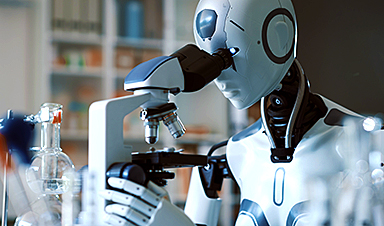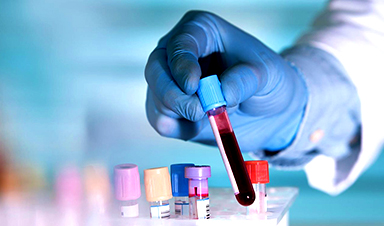From a blog by VALID advisor Christian Sillaber, Senior Researcher on IT-Security
The European Union’s General Data Protection Regulation (GDPR) came into effect on May 25, 2018. It is already clear that the new law, which is in many respects ground-breaking, is struggling to keep up with the pace of technological change. If this issue is not addressed, the GDPR will undermine citizens’ ability to use blockchain.
The core of the problem is that, in addition to the explicit declaration of the rights of the data subject (access to data, data portability, right to erasure, right to correction etc.), the GDPR also mandates that data controllers and processors abide by the principle of “data protection by design and default”. This means designing services and software with privacy as a foundational consideration rather than as an afterthought or add-on. The implied design requirements and goals seem to be at odds with the fundamental ideas behind blockchain and other emerging distributed ledger technologies — in particular transparency, immutability and egalitarian access to the data.
The GDPR applies to the processing of personal data (Art. 2 para. 1 GDPR), that is, any information relating to an identified or — by the use of additional information — identifiable person (Art. 4 para. 1 GDPR). Although the cryptographic identities used by most participants of public permissionless distributed ledger systems are not directly linked to identified natural persons, it is — under certain circumstances — possible to identify participants through additional information (e.g. correlation of the person’s activities with third party data). Therefore, data stored and processed in most public, permissionless blockchain systems should be considered personal data. Little doubt also remains that territorial applicability can also be established for most distributed ledger systems, as they are either (partially) operated from within the EU or are actively used to process data from data subjects located in the EU.
Public, permissionless distributed ledger systems enable their participants to maintain a public database without the need for a trusted central authority or mutual trust. Any participant may enter or leave the system at any time and, therefore, access the data of the ledger at any time.
Image Credit: Valid
News This Week
Scientists Begin $14.2 Million Project To Decode the Body’s “Hidden Sixth Sense”
An NIH-supported initiative seeks to unravel how the nervous system tracks and regulates the body’s internal organs. How does your brain recognize when it’s time to take a breath, when your blood pressure has [...]
Scientists Discover a New Form of Ice That Shouldn’t Exist
Researchers at the European XFEL and DESY are investigating unusual forms of ice that can exist at room temperature when subjected to extreme pressure. Ice comes in many forms, even when made of nothing but water [...]
Nobel-winning, tiny ‘sponge crystals’ with an astonishing amount of inner space
The 2025 Nobel Prize in chemistry was awarded to Richard Robson, Susumu Kitagawa and Omar Yaghi on Oct. 8, 2025, for the development of metal-organic frameworks, or MOFs, which are tunable crystal structures with extremely [...]
Harnessing Green-Synthesized Nanoparticles for Water Purification
A new review reveals how plant- and microbe-derived nanoparticles can power next-gen water disinfection, delivering cleaner, safer water without the environmental cost of traditional treatments. A recent review published in Nanomaterials highlights the potential of green-synthesized nanomaterials (GSNMs) in [...]
Brainstem damage found to be behind long-lasting effects of severe Covid-19
Damage to the brainstem - the brain's 'control center' - is behind long-lasting physical and psychiatric effects of severe Covid-19 infection, a study suggests. Using ultra-high-resolution scanners that can see the living brain in [...]
CT scan changes over one year predict outcomes in fibrotic lung disease
Researchers at National Jewish Health have shown that subtle increases in lung scarring, detected by an artificial intelligence-based tool on CT scans taken one year apart, are associated with disease progression and survival in [...]
AI Spots Hidden Signs of Disease Before Symptoms Appear
Researchers suggest that examining the inner workings of cells more closely could help physicians detect diseases earlier and more accurately match patients with effective therapies. Researchers at McGill University have created an artificial intelligence tool capable of uncovering [...]
Breakthrough Blood Test Detects Head and Neck Cancer up to 10 Years Before Symptoms
Mass General Brigham’s HPV-DeepSeek test enables much earlier cancer detection through a blood sample, creating a new opportunity for screening HPV-related head and neck cancers. Human papillomavirus (HPV) is responsible for about 70% of [...]














Leave A Comment